Tasks Due Today
- Scheduled Meetings
- Grades
- Signs and Meaning in Communication Design
- Discussions
- Assignment: Reading Response 3
- Week 3 Agenda Checklist
This Week’s Topics
- Missed meetings
- Grades
- Manifestos, Movements, and the Avant-Garde
- Discussion: Manifestos
- Research Journal > Research Paper + Research Project
- Assignment: Reading Response 4
- Week 4 Agenda Checklist
At the end of this session, students should have an understanding of the following:
- Overview of Futurist and Constructivist manifestos and movements, and their influence on the field of design.
- Expectations for the Research Journal, the first paper, and the research project
- Guidelines and expectations for this week’s discussion.
- The guidelines and due date for Reading Response 4.
Check In (5 min)
Missed Meetings
If you missed the meetings last week, please contact me to schedule another time: jspevack@citytech.cuny.edu
Grades
Your grades for the second week’s assignments have been posted to the OpenLab Course Gradebook or you may have been asked to revise your reading response. Check the post to see the comment, grade, and some inline comments via Hypothesis. You will see a check if you contributed to the class discussion posts, per the guidelines. Participation, including Discussion, will be tallied and graded at midterm. If you have any questions or concerns, contact jspevack@citytech.cuny.edu.
Activities
Below find the information covered in this session. Complete all of the following activities, videos, and assignments.
1. Manifestos, Movements, and the Avant-Garde (45 min)
In our third reading, we looked at Manifestos from Italian Futurists and Russian Constructivists. These two movements have left an indelible mark on the lineage of our communication design field by influencing other movements at the time and afterward. The work of these artists/designers can still feel relevant today. The political turmoil, societal shifts, and radical ideologies they experienced are mirrored in our lives today, abet with different a set of challenges. While we are unlikely to share many of the beliefs and ideologies that initially inspired these artists/designers, the distinct graphic style (clear lines, abstracted shapes, bold palettes, and photomontages) have become part of our visual vocabulary.
As we take a deeper look into these two movements, consider the politics, technology, social challenges of the time, and the urgency and passion from which these movements grew. Here is a collection of images from this time period. Think back to our previous review of universality, authorship, social responsibility. And more recently, signs, meaning, and modes of communication. What are your observations?
The Futurism Manifesto and Movement
Marinetti, along with a group of young Italian artists, declared their ambitions in opposition to the traditional values dominating Italian art and culture of the time and focused on the dynamism, speed, energy, and power of the machine and the vitality, change, and restlessness of modern life.
Key ideas:
- Motion, movement, technology, speed, dynamisim, unification of culture, industrialization, war, violence, machismo, extreme, distruction of the past, revolution.
- Political leanings, initially fascism, anti-feminist, anti-democratic, but years later rejected those ideas to focus more on technological advancement, specifically aviation.
- Here is the full manifesto.
Watch the three videos below to learn more about the key ideas that define Futurism and the lasting visual elements that resulted. Does anything in the visual or ideological aspects of this movement inspire or repulse you? Why?
NOTE: In the following video, watch from 29:38 to 31:33
NOTE: There is a disturbing scene in the next video at 17:35. You only need to watch up to 16:10.
Constuctivism
The Russian Revolution of 1917 offered hope for a new society in which workers would replace the aristocracy as the ruling class. The Constructivists, led by Aleksandr Rodchenko envisioned a new form of art that would replace traditional painting and sculpture with new forms of mass-produced graphics and engineered objects for the common citizen.
Key Ideas:
- Geometry, clear lines, abstracted shapes, photomontage, san serif fonts, bold primary palettes
- Rejected decorative stylization in favor of the industrial assemblage of materials.
- Applied these ideals to architecture, urban space, clothing, theatre, graphics and social activism.
- Political leanings, intially Communism, artists/designers later emmigrated to USA.
NOTE: In the video below, watch from 24:42 to 29:19
Influence on Contemporary Design
Futurism, Constructivism, and the avant-garde in general, as we shall continue to explore, had a profound impact on the evolution of graphic design, advertising, fashion, industrial design, architecture, theater, and more. Born from the political and societal influences of the time, we can see how the concepts of universality, authorship, and social responsibility are present in manifestos we’ve read and most importantly WHY!
By now you can start to see how some of the graphic styles of these two movements that we’ve explored still linger in the design we see today. As we explore the next step in our design lineage in writings from the Bauhaus, see if you can find the influences from the Futurist and Constructivist movements.
Check out How the Imagery of the Russian Revolution Married Ideology, Politics + Progressive Graphic Design by Emily Gosling, Eye on Design. May 1st, 2017
2. Discussion (1 hour)
The following Discussion post contains prompts to consider in response to the readings and videos on Futurism and Constructivist Manifestos.
The objective of this discussion is to compose your Design Manifesto in the style of the Avant-Garde artists and designers. This exercise will also help you to start thinking about your research paper and project.
Add your manifesto in a comment in the Discussion post by Friday, Sep 24th at 11:59 pm to allow time for responses. Add at least 5 follow-up responses to your classmates’ manifestos by Sunday, September 26th, 6 pm. Reminder: free sharing of ideas helps us learn and it’s also part of your participation grade. 🙂
3. Reserach Journal + Research Paper + Research Project
If you haven’t been actively contributing to your research journal each week, now is the time to really engage. Your Research Journal is a place for documenting and critically reflecting on your influences, history, culture, likes, and dislikes. Here you can collect ideas, freewriting, images, links, videos, and other media to help you develop your ideas and formulate your research topics.
The first 750-1000 word paper will be assigned next week and will be due in Week 6. The initial outline for your Research Project will be due in Week 7. We will be going over the details of both next week, but start thinking and really formulating your ideas in your Research Journal this week.
Research Paper 1 Prep
Select a design or design object created after 1971 in which the influence of the theories we’ve studied so far can be seen. In your Research Journal, add an image and begin with a brief description of the work, the designer who created it, and the historical circumstances under which it was made. Considering these factors, examine the ways in which the creator was responding, directly or indirectly, to theories related to semiotics & signs, ways of meaning, models of communication, avant-garde art movements (ie. any of the ideas that we’ve covered). Discuss how the design you’ve chosen embodies these ideas. Provide direct references to relevant passages from our readings and locate additional writings using library resources and other sources to support your comparisons.
You will be providing a critical examination of the object and its relationship to the theories we’ve discussed, not an account of historical details. These should be your observations, your ideas supported by published sources.
Use the links provided under Help > Course Resources > Design Collections to find your design source (advertising, graphic design, industrial design objects, motion graphics, etc.) for your paper.
Research Project Prep
The first paper is a jumping-off point for your research project. You don’t have to lock yourself into a topic yet, but your should by now have started to define your aesthetic and theoretical interests based on the ideas we discussed so far. If nothing has piqued your interest yet, ask you self “What do I feel passionate about?” “What do I love to talk about?” “What makes me feel angry, sad, depressed?” “If I could be doing anything right now that would make an impact on the world, what would it be?” “How could I use my skills as a designer to change the world?” “What graphic style, design movement, decade, or typeface is my favorite?”
Visit the Grading Policy page for an overview of the Research Project.
4. Assignment: Reading Response 4 (2+ Hours)
Follow the assignment guidelines and prompts: Reading Response 4 – DUE 9/26 by 6pm
You will be reading and annotating three texts written by architect-designer-artists affiliated with the Bauhaus. They are as follows:
- Walter Gropius: The Theory and Organization of the Bauhaus (1923)
- László Moholy-Nagy; Typophoto (1925): found in our main text Graphic Design Theory: Readings From the Field by Helen Armstrong on pages 32-34.
- Herbert Bayer; On Typography (1967): found in our main text Graphic Design Theory: Readings From the Field by Helen Armstrong on pages 44-49.
Read and annotate these texts with your classmates in our Hypothesis group COMD3504_OL08. As before, after annotating the text, create a rough draft of your response in your Research Journal. Your response should be about 200 words and checked for spelling and grammar errors. Publish your finished response on the class site, using the guidelines provided.
Resources
- Assignment: Reading Response 4
- Discussion Week 4
- Using Hypothesis
- Research Journal
- Grammarly
- Reading Response (Example) post
Week 4 Agenda Checklist
Below are all of the tasks, big and small, for this week. The deadline is Sunday, September 26th, 6 pm to allow time for review before the next agenda is posted. Successful and timely completion of these tasks will contribute to your grade.
If you have any questions, don’t hesitate to reach out: jspevack@citytech.cuny.edu
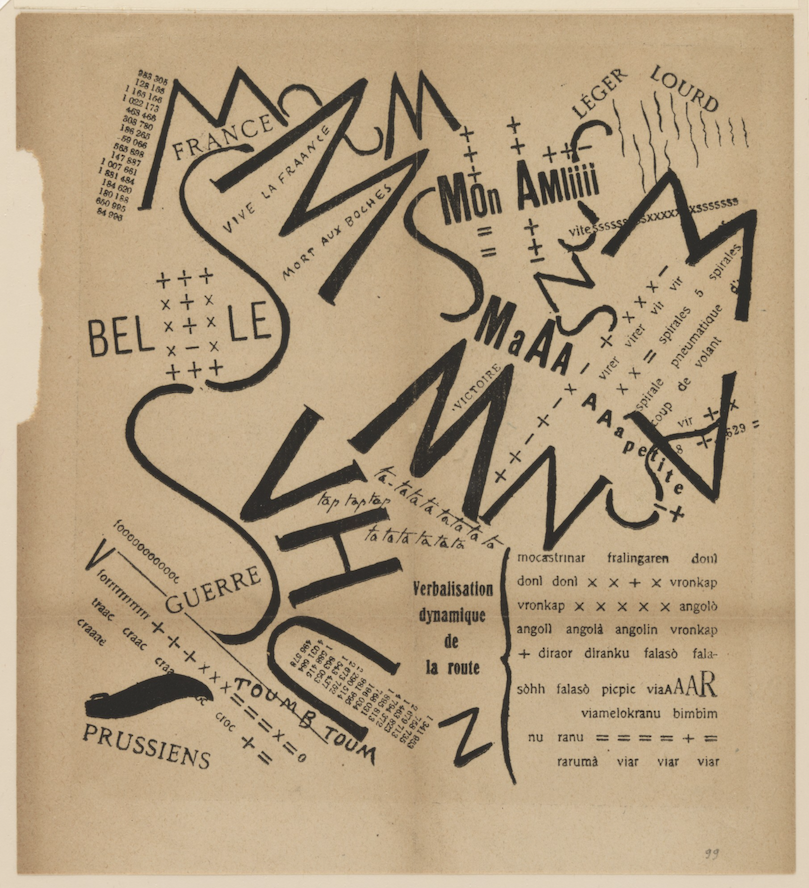
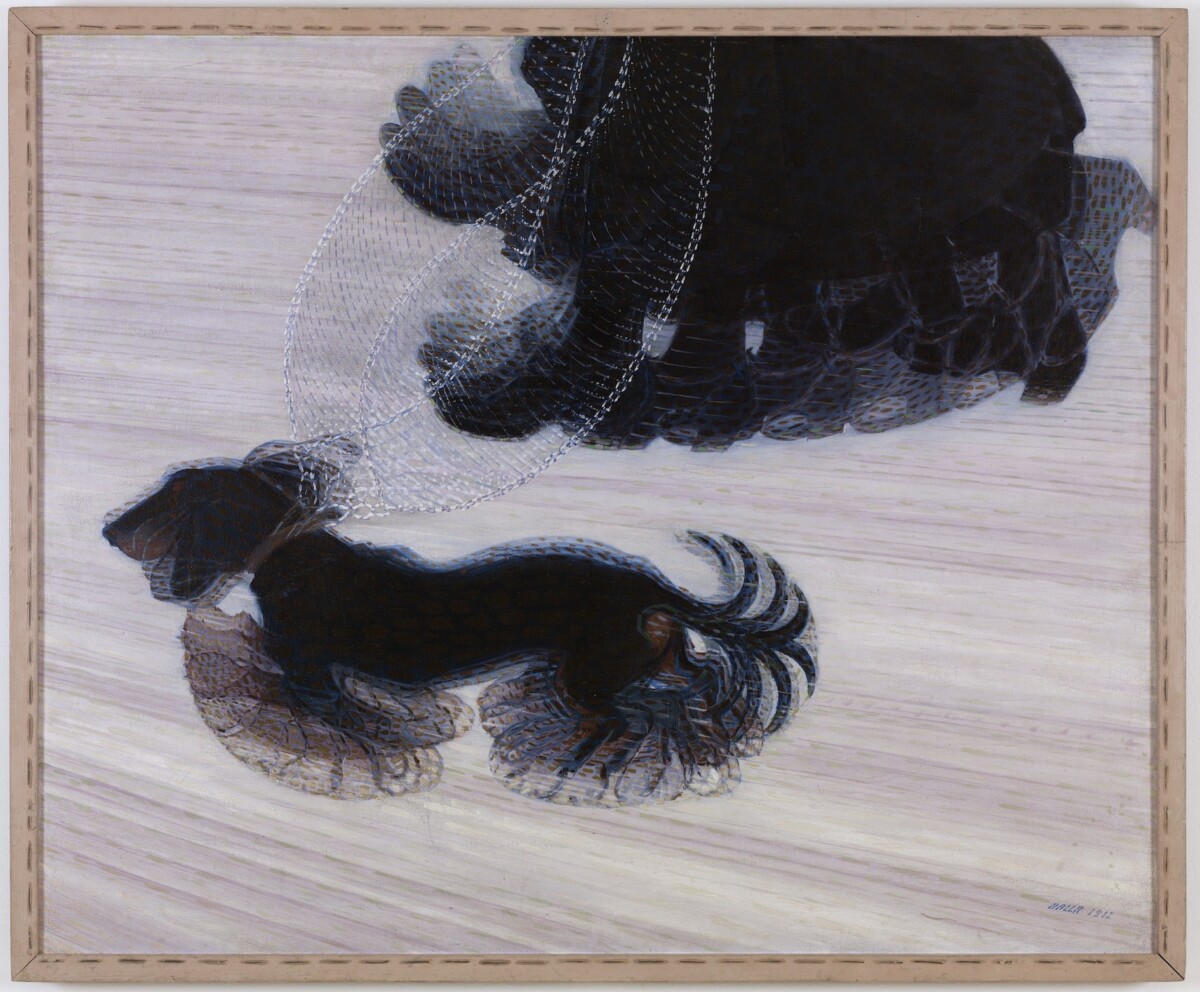




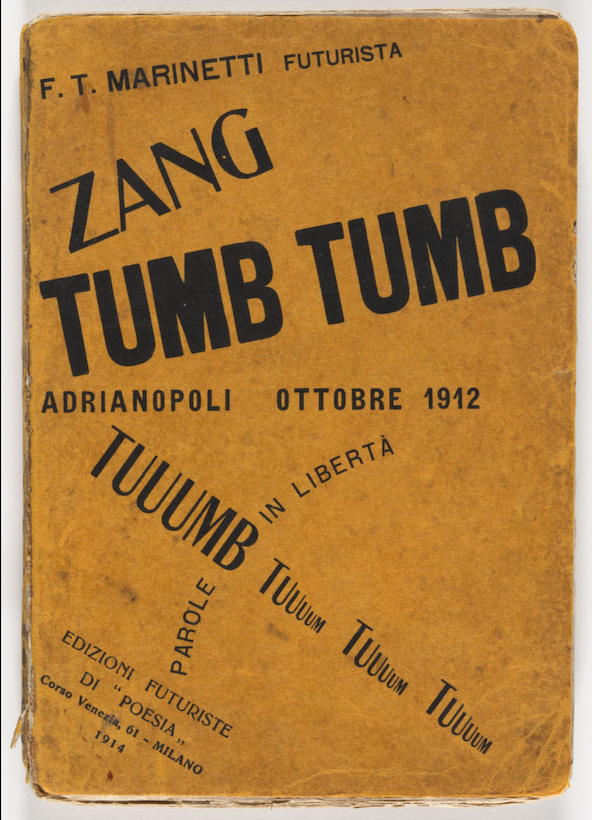
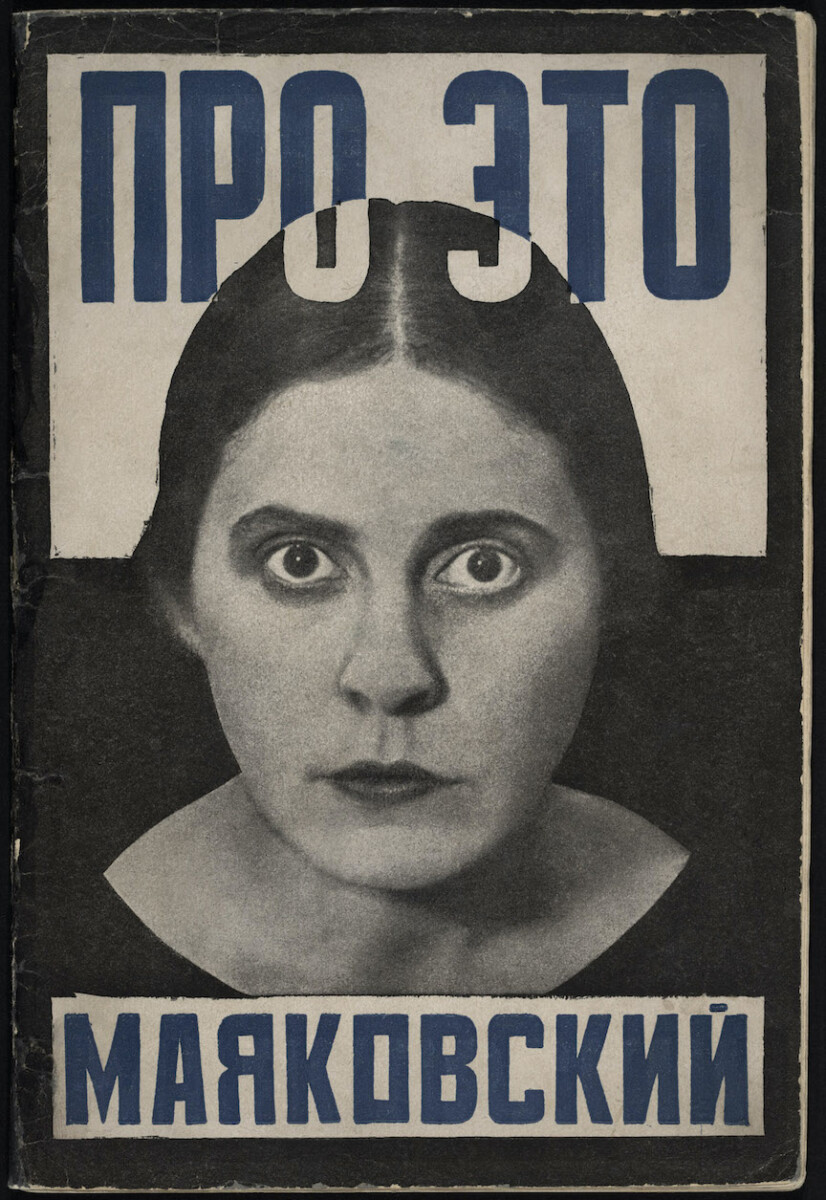
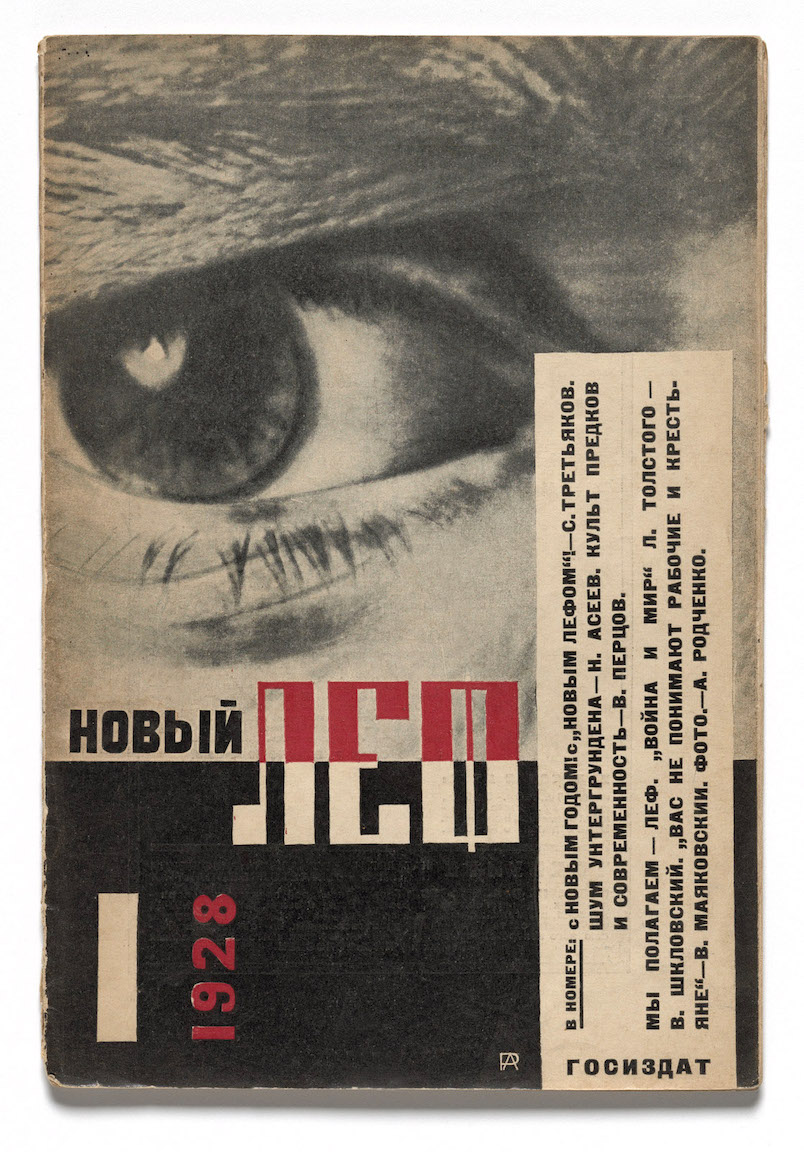
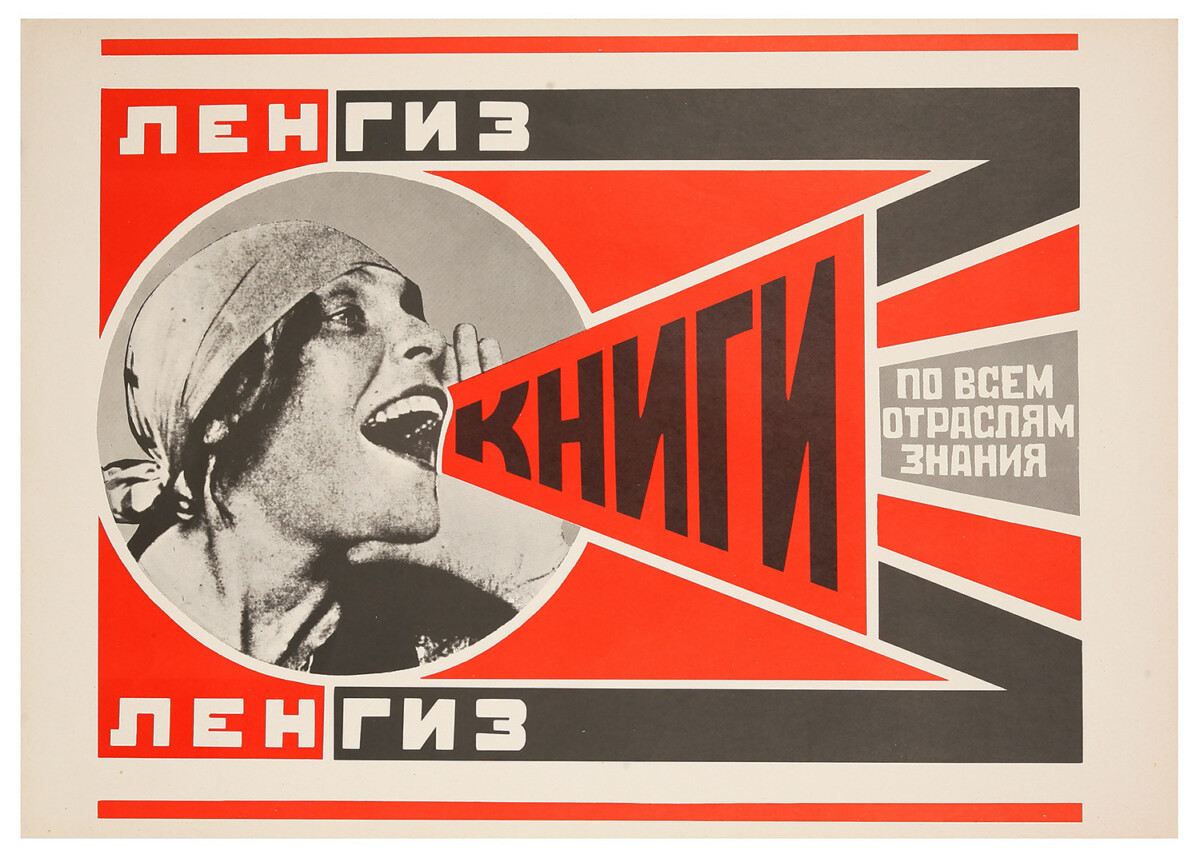
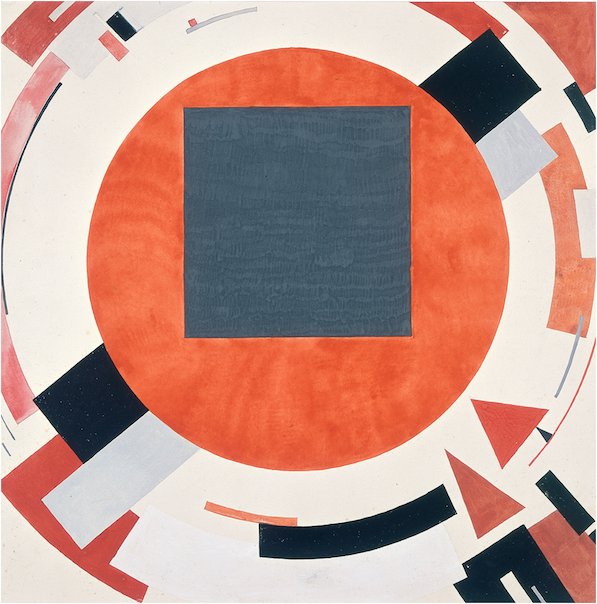


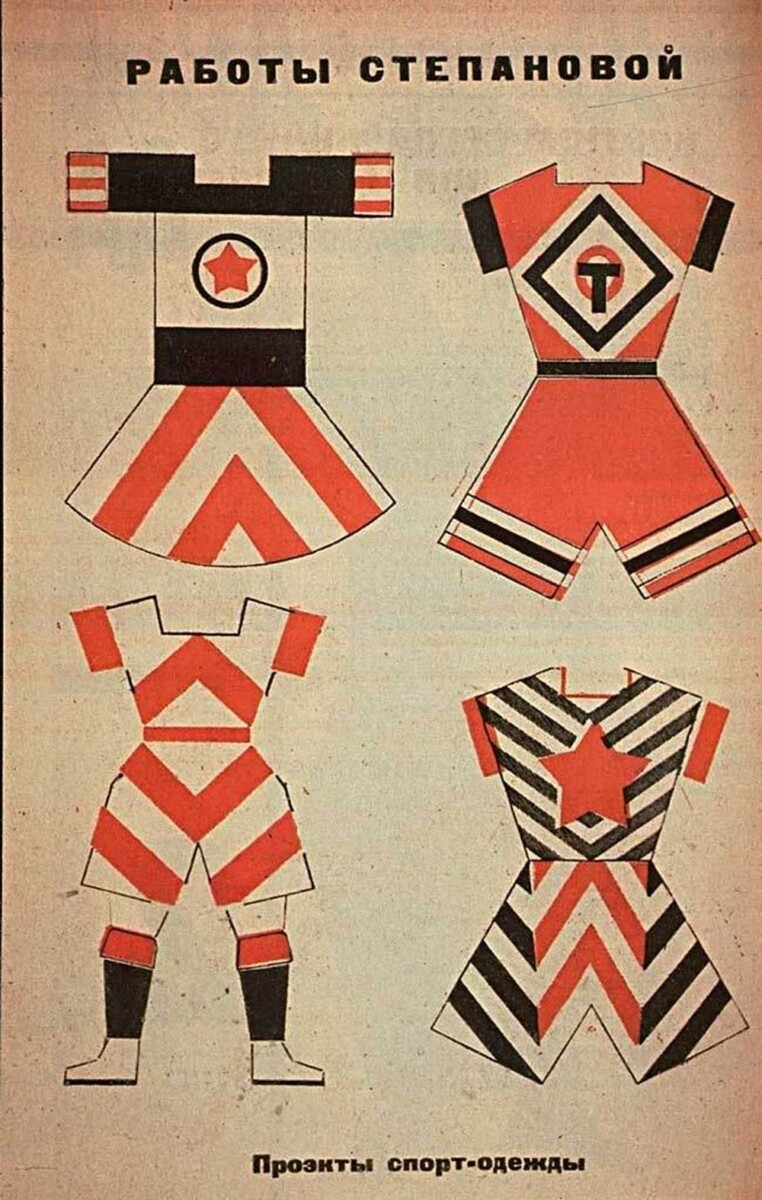
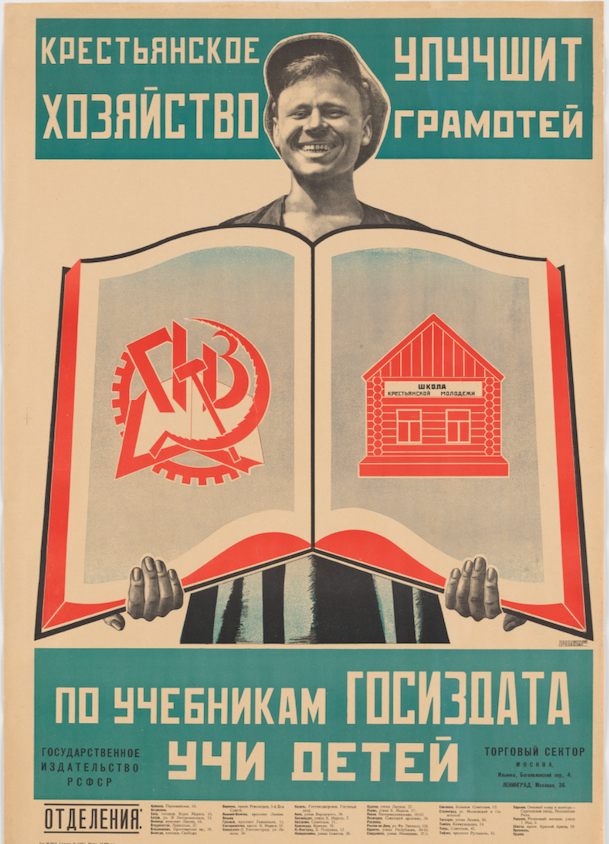


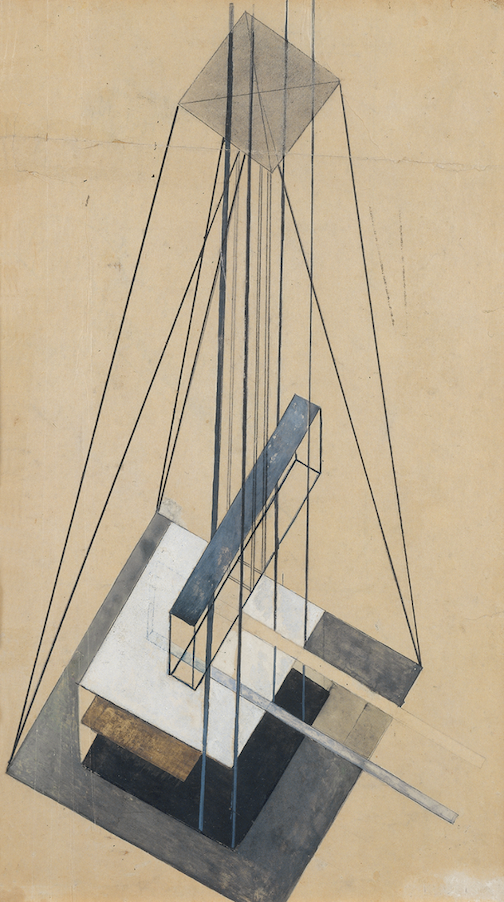
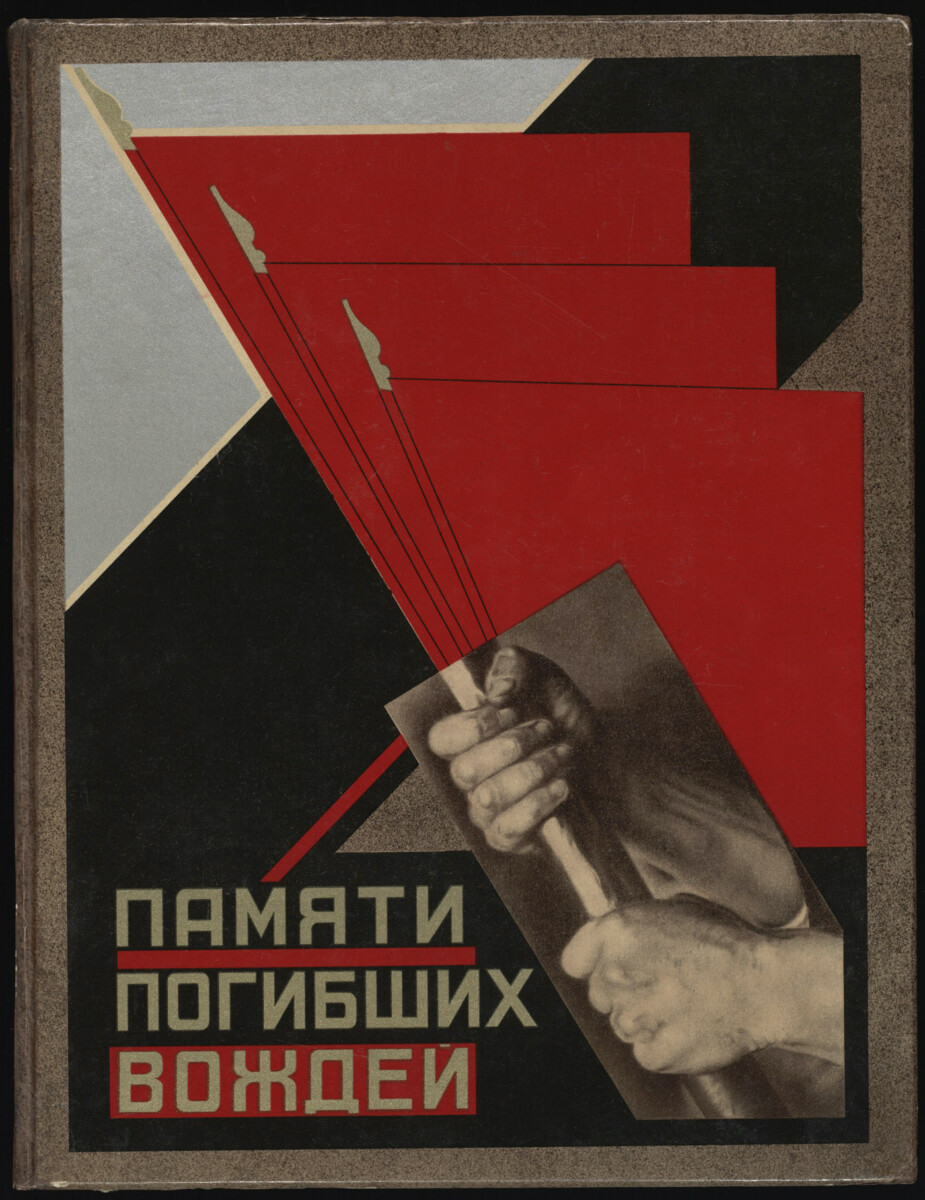
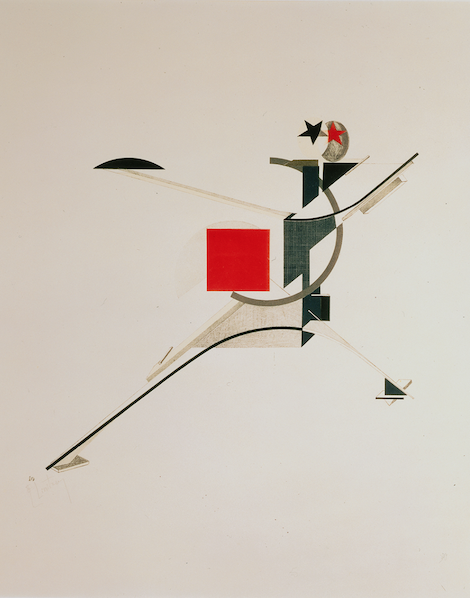

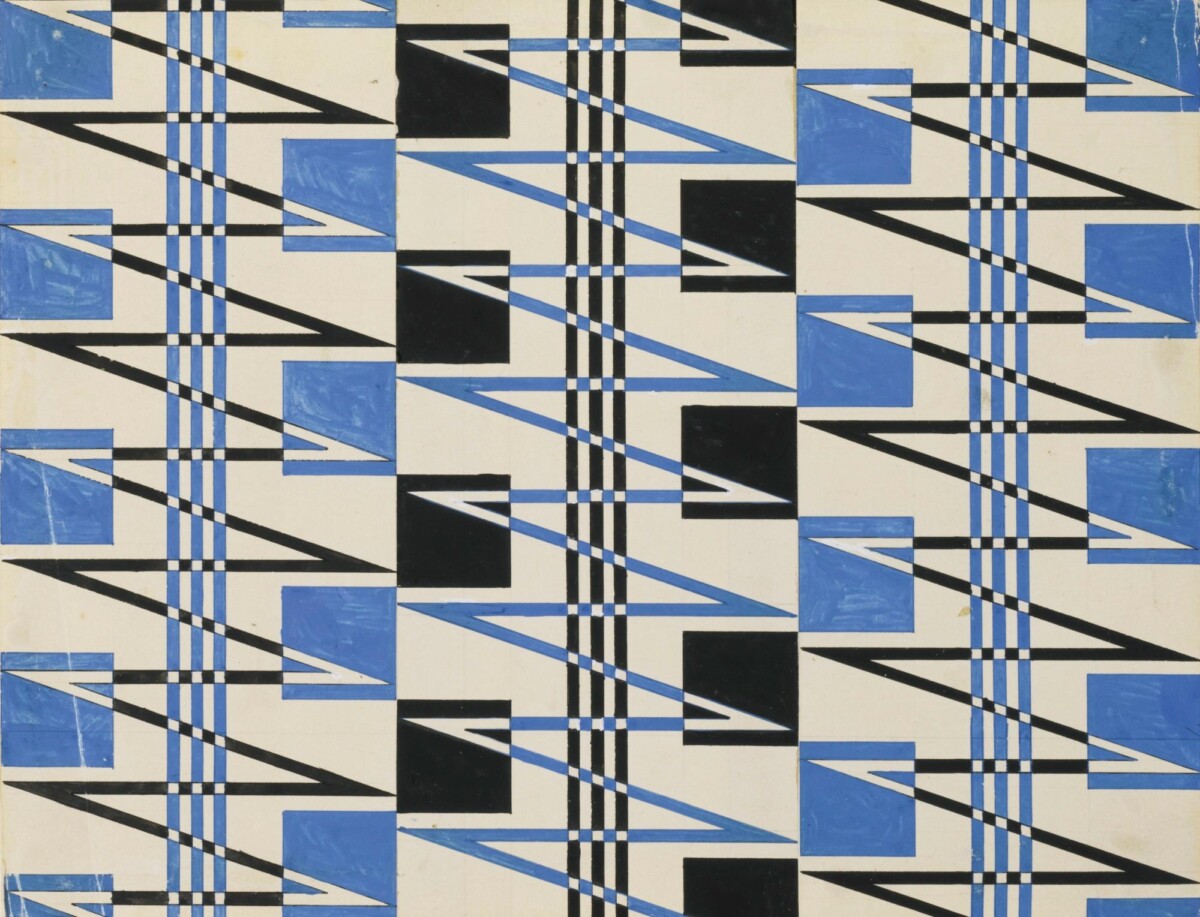




Recent Comments